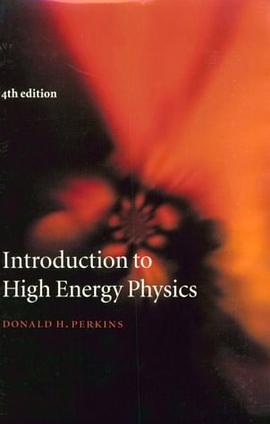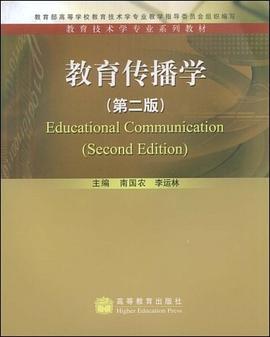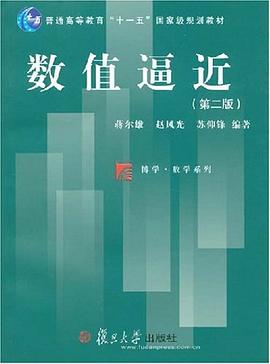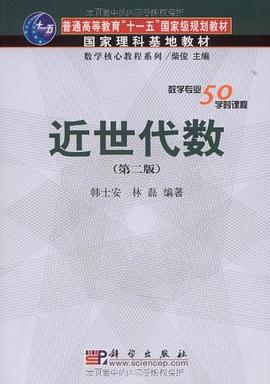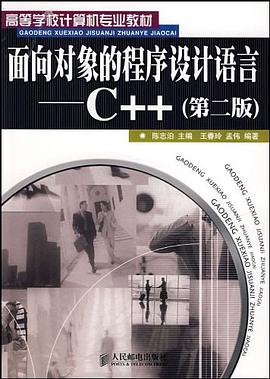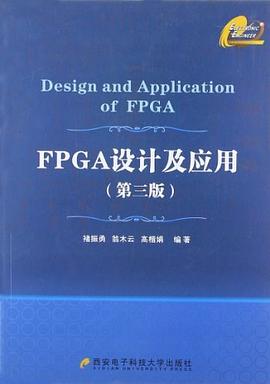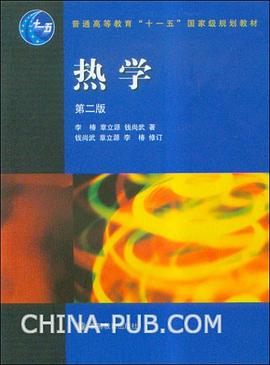

具体描述
This book presents an advanced introduction to the physics and formalism of the standard model and other non-abelian gauge theories. It provides a solid background for understanding supersymmetry, string theory, extra dimensions, dynamical symmetry breaking, and cosmology.
作者简介
Born 1946
B.S. M.I.T. (1968)
Ph.D. University of California at Berkeley (1972)
Emeritus Professor of Physics (University of Pennsylvania)
目录信息
Notation and Conventions
Review of Perturbative Field Theory
Creation and Annihilation Operators
Lagrangian Field Theory
The Hermitian Scalar Field
The Complex Scalar Field
Electromagnetic and Vector Fields
Electromagnetic Interaction of Charged Pions
The Dirac Field
Quantum Electrodynamics (QED) for Electrons and Positrons
Spin Effects and Spinor Calculations
The Discrete Symmetries P, C, CP, T, and CPT
Two-Component Notation and Independent Fields
QED
Mass and Kinetic Mixing
Lie Groups, Lie Algebras, and Symmetries
Basic Concepts
Global Symmetries in Field Theory
Symmetry Breaking and Realization
Gauge Theories
The Abelian Case
Non-Abelian Gauge Theories
The Higgs Mechanism
The Rξ Gauges
Anomalies
The Strong Interactions and Quantum Chromodynamics (QCD)
The QCD Lagrangian
Evidence for QCD
Simple QCD Processes
The Running Coupling in Non-Abelian Theories
Deep Inelastic Scattering
Other Short Distance Processes
The Strong Interactions at Long Distances
The Symmetries of QCD
Other Topics
The Weak Interactions
Origins of the Weak Interactions
The Fermi Theory of Charged Current Weak Interactions
The Standard Electroweak Theory
The Standard Model Lagrangian
Spontaneous Symmetry Breaking
The Z, the W, and the Weak Neutral Current
Gauge Self-Interactions
The Higgs
The CKM Matrix and CP Violation
Neutrino Mass and Mixing
Beyond the Standard Model
Problems with the Standard Model
Supersymmetry
Extended Gauge Groups
Grand Unified Theories (GUTs)
Appendix A: Canonical Commutation Rules
Appendix B: Derivation of a Simple Feynman Diagram
Appendix C: Unitarity, the Partial Wave Expansion, and the Optical Theorem
Appendix D: Two, Three, and n-Body Phase Space
Appendix E: Calculation of the Anomalous Magnetic Moment of the Electron
Appendix F: Breit–Wigner Resonances
Appendix G: Implications of P, C, T, and G-parity for Nucleon Matrix Elements
Appendix H: Collider Kinematics
Appendix I: Quantum Mechanical Analogs of Symmetry Breaking
References
Websites
Index
· · · · · · (收起)
Review of Perturbative Field Theory
Creation and Annihilation Operators
Lagrangian Field Theory
The Hermitian Scalar Field
The Complex Scalar Field
Electromagnetic and Vector Fields
Electromagnetic Interaction of Charged Pions
The Dirac Field
Quantum Electrodynamics (QED) for Electrons and Positrons
Spin Effects and Spinor Calculations
The Discrete Symmetries P, C, CP, T, and CPT
Two-Component Notation and Independent Fields
QED
Mass and Kinetic Mixing
Lie Groups, Lie Algebras, and Symmetries
Basic Concepts
Global Symmetries in Field Theory
Symmetry Breaking and Realization
Gauge Theories
The Abelian Case
Non-Abelian Gauge Theories
The Higgs Mechanism
The Rξ Gauges
Anomalies
The Strong Interactions and Quantum Chromodynamics (QCD)
The QCD Lagrangian
Evidence for QCD
Simple QCD Processes
The Running Coupling in Non-Abelian Theories
Deep Inelastic Scattering
Other Short Distance Processes
The Strong Interactions at Long Distances
The Symmetries of QCD
Other Topics
The Weak Interactions
Origins of the Weak Interactions
The Fermi Theory of Charged Current Weak Interactions
The Standard Electroweak Theory
The Standard Model Lagrangian
Spontaneous Symmetry Breaking
The Z, the W, and the Weak Neutral Current
Gauge Self-Interactions
The Higgs
The CKM Matrix and CP Violation
Neutrino Mass and Mixing
Beyond the Standard Model
Problems with the Standard Model
Supersymmetry
Extended Gauge Groups
Grand Unified Theories (GUTs)
Appendix A: Canonical Commutation Rules
Appendix B: Derivation of a Simple Feynman Diagram
Appendix C: Unitarity, the Partial Wave Expansion, and the Optical Theorem
Appendix D: Two, Three, and n-Body Phase Space
Appendix E: Calculation of the Anomalous Magnetic Moment of the Electron
Appendix F: Breit–Wigner Resonances
Appendix G: Implications of P, C, T, and G-parity for Nucleon Matrix Elements
Appendix H: Collider Kinematics
Appendix I: Quantum Mechanical Analogs of Symmetry Breaking
References
Websites
Index
· · · · · · (收起)
读后感
评分
评分
评分
评分
评分
用户评价
评分
评分
评分
评分
评分
相关图书
本站所有内容均为互联网搜索引擎提供的公开搜索信息,本站不存储任何数据与内容,任何内容与数据均与本站无关,如有需要请联系相关搜索引擎包括但不限于百度,google,bing,sogou 等
© 2025 book.quotespace.org All Rights Reserved. 小美书屋 版权所有


